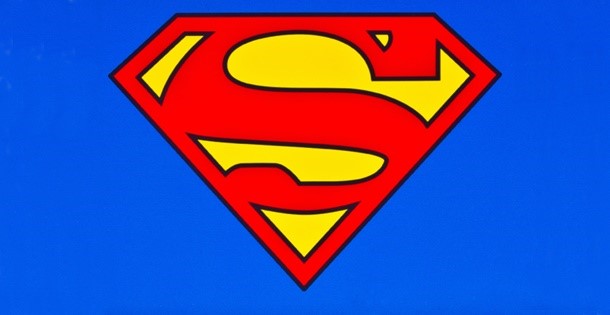The Man of Steel. Strange Visitor. The Man of Tomorrow. The Ultimate Immigrant. He is Superman, and his quest for Truth, Justice and the American Way turns 80 this month.
It’s easy to forget that there was a time when Superman was new. Before he exploded from the colorful pages of National Periodical Publications, he sparked into the minds of two young men from Ohio. School friends Jerry Siegel and Joe Shuster met in 1928 and understood what it was like to be different. Both were Jewish children of immigrants, with Siegel’s parents having moved to America from Lithuania and Shuster born in Toronto to a Dutch father and Ukrainian mother.
Combining a mutual love of science fiction with their creative talents (Jerry wrote; Joe drew), they began to dream up characters that could find their way into the pulps and comics they themselves devoured. Some of those characters, like supernatural investigator Doctor Occult, stick around today. But nothing had the staying power of the refugee from Krypton, the first costumed super-hero.
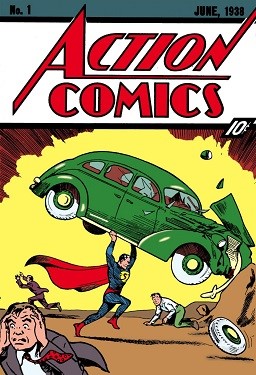
The duo pitched Superman to a number of syndicates and publishers before National finally bit. Their character commanded the June 1938 cover of Action Comics #1 with one of the most iconic images in popular culture. There he stood, lifting an automobile over his head as people fled and his cape flapped behind him. In no time, Action was selling more than a million copies a month; a veritable legion of costumed characters would follow in Superman’s wake, such as Batman, Wonder Woman, and thousands more.
Even with that early success, the formation of what we consider “Superman” today played out gradually. He didn’t fly at first, though his prodigious leaps made it into the opening narration of the subsequent radio and TV programs. His array of vision powers developed over time, as did the degree of his invulnerability and the measure of his strength. But the core of his character, the honesty and virtue, those were present immediately.
Kids and adults alike loved Superman because he was a hero that seemed to genuinely care about everyone. He didn’t just fight obvious criminals and monsters. In the early days, Superman was just as likely to tangle with a corrupt politician or an abuser as he was to fight alien robots and mad scientists. He rescued kittens from trees, helped out firefighters, and raced other heroes for charity. He represented the best in people.
Superman could also claim one of the best supporting casts in American entertainment. Tough-as-nails reporter Lois Lane was there right from the start, her appearance based on that of Joanne Carter, a model who later married Jerry Siegel. The radio program introduced blustery editor Perry White and Superman’s pal, Jimmy Olsen in 1940. The comics themselves presented an endless parade of mad invention, from arch-enemies like Lex Luthor and Brainiac to Superman’s cousin, Supergirl. We’d even meet his dog, Krypto.
Of course, as fantastic as the powers and the abilities and the cast were, nothing made Superman super quite as much as Clark Kent. Fans wanted to imitate the hero, but they empathized with his secret identity. Found and raised by honest, hard-working farmers Jonathan and Martha Kent, baby Kal-El learned his moral code in the American heartland. By the time that the young man realized the extent of his powers, his human parents had already done the work that would make him into a selfless protector of the weak.
People often wonder why Superman pretended to be Clark when he could be, well, Superman all the time. The key is in his values. When he puts on the cape and uses the heroic identity, Superman is still really just that ethical Kansas farm boy with a broader reach. It’s a sharp contrast to his friend Batman, where Bruce Wayne is just a mask that the Dark Knight hides behind.
As ComicBook.com columnist and Superman scholar Russell Burlingame puts it, “Superman endures in large part because of the simplicity that drives him: he intuitively understands what is right and just, and he acts accordingly, without hesitation. The darker, edgier, and more complex our pop culture heroes become, the more brightly Superman shines as a beacon to light the way.”
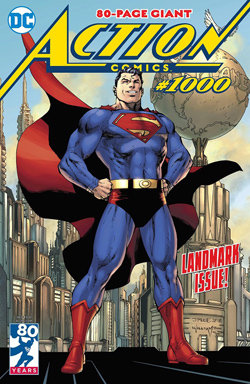
That shining beacon became even more important in the 1940s, as America watched the rise of Hitler in Europe. In June of 1941, The Saturday Evening Post gave readers a look into the early days of the growing allure of Superman in the article, “Up, up and Awa-a-y! The Rise of Superman, Inc.” Interviewing Siegel and Shuster, writer John Kobler attempted to get to the heart of Superman’s appeal. He wrote, “…Superman accomplishes with casual ease feats that are common to every boy’s daydreams.”
All of these various factors remain the engine that drives the popularity of Superman. He’s also proven to be incredibly adaptable to other media. Along with the radio show of the ‘40s and the Adventures of Superman television series of the ‘50s, Superman made deep impressions in movie serials, the influential Max Fleischer animated shorts, other made-for-television cartoons, and even on Broadway in It’s a Bird…It’s a Plane…It’s Superman.
It’s appropriate that the modern super-hero movie age truly began with Superman as well. Richard Donner’s 1978 Superman: The Movie made good on its tagline, “You will believe a man can fly.” Christopher Reeve’s portrayal synthesized everything we knew about Superman’s character, from his boyish charm to his clumsy Clark Kent to his righteous anger at Lex Luthor’s disregard for human life.
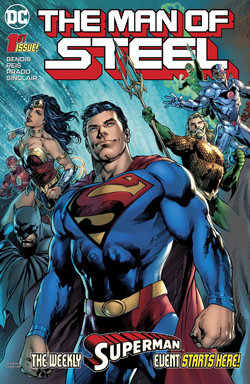
In April, Action Comics published its 1,000th issue. DC also launched a new, ongoing The Man of Steel title written by comics superstar Brian Michael Bendis (who himself was born in Cleveland). These books and other recent work by the likes of Dan Jurgens and Peter Tomasi have put the focus on a heroic, experienced Superman. He’s married to Lois these days, and their son Jonathan has his own adventures as Superboy (alongside best buddy, Robin) in the Super Sons comics.
For 80 years and counting, Superman continues to reflect what we consider to be the best of American values. He stands for the truth and justice. He’s about inclusiveness and acceptance. He, most simply, tries to make the wrong things right. Perhaps it’s no wonder that he continues to soar.
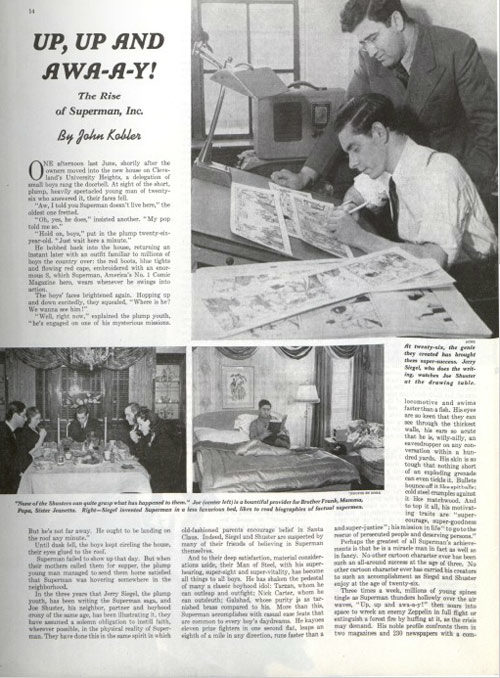
Become a Saturday Evening Post member and enjoy unlimited access. Subscribe now
